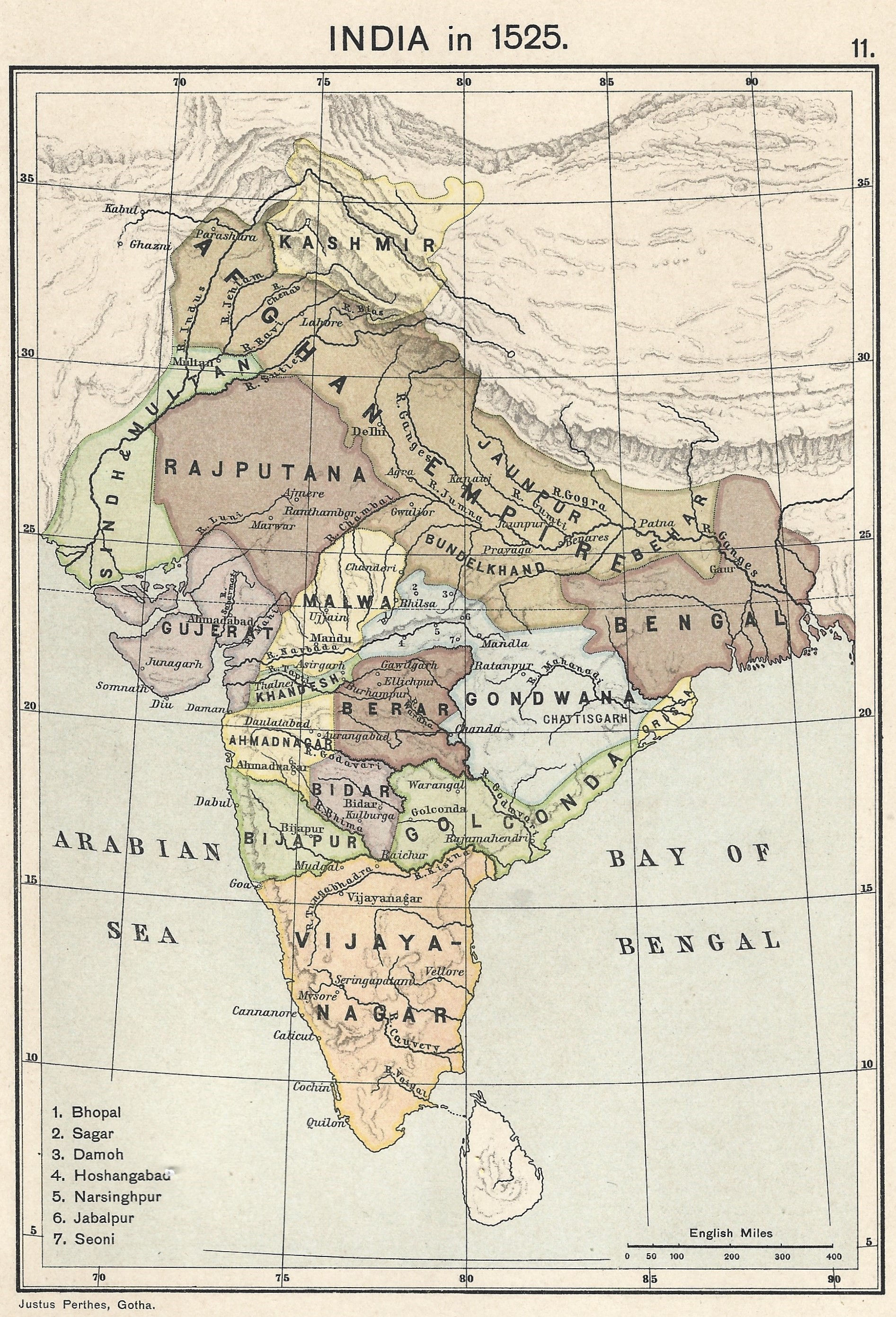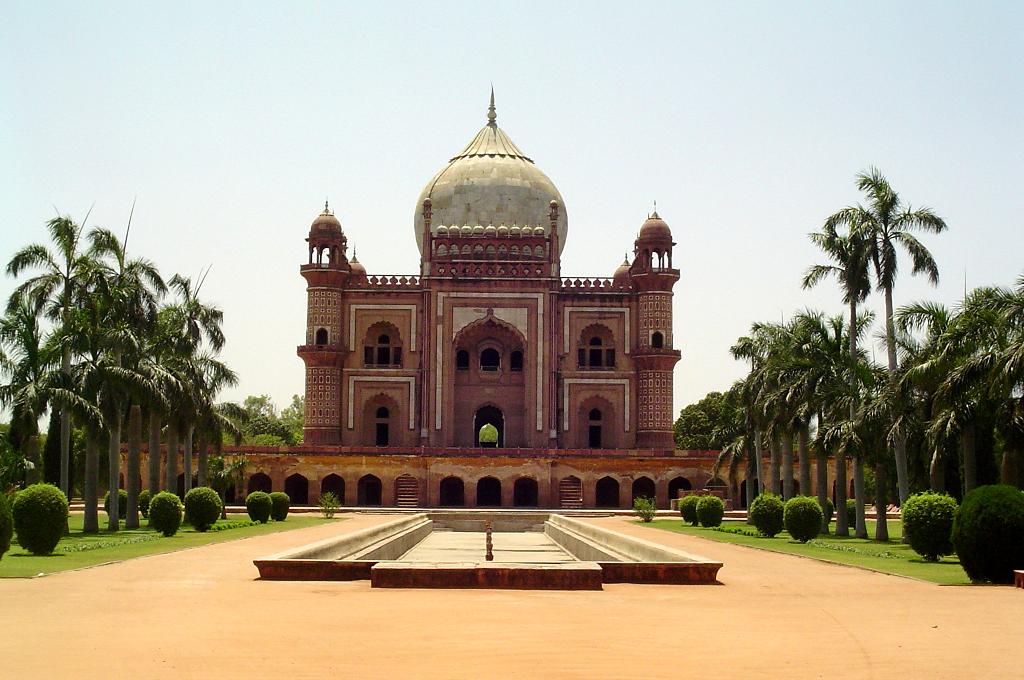|
Nawab Of Awadh
The Nawab of Awadh or Nawab of Oudh was the title of the rulers of Kingdom of Awadh (anglicised as Oudh) in northern India during the 18th and 19th centuries. The Nawabs of Awadh belonged to an Iranian dynasty''Encyclopædia Iranica'', R. B. Barnett of Sayyid origin from Nishapur, Iran. In 1724, Nawab Sa'adat Khan established the Kingdom of Awadh with their capital in Faizabad and Lucknow. History The Nawabs of Awadh were semi-autonomous rulers within the fragmented polities of Mughal India after the death of Aurangzeb in 1707. They fought wars with the Peshwa, the Battle of Bhopal (1737) against the Maratha Confederacy (which was opposed to the Mughal Empire), and the Battle of Karnal (1739) as courtiers of the Moghul. The Nawabs of Awadh, along with many other Nawabs, were regarded as members of the nobility of the Mughal Empire. They joined Ahmad Shah Durrani during the Third Battle of Panipat (1761) and restored Shah Alam II ( and 1788–1806) to the imperial thro ... [...More Info...] [...Related Items...] OR: [Wikipedia] [Google] [Baidu] |
Mughal Empire
The Mughal Empire was an Early modern period, early modern empire in South Asia. At its peak, the empire stretched from the outer fringes of the Indus River Basin in the west, northern Afghanistan in the northwest, and Kashmir in the north, to the highlands of present-day Assam and Bangladesh in the east, and the uplands of the Deccan Plateau in South India.. Quote: "The realm so defined and governed was a vast territory of some , ranging from the frontier with Central Asia in northern Afghanistan to the northern uplands of the Deccan plateau, and from the Indus basin on the west to the Assamese highlands in the east." The Mughal Empire is conventionally said to have been founded in 1526 by Babur, a Tribal chief, chieftain from what is today Uzbekistan, who employed aid from the neighboring Safavid Iran, Safavid and Ottoman Empires Quote: "Babur then adroitly gave the Ottomans his promise not to attack them in return for their military aid, which he received in the form of the ... [...More Info...] [...Related Items...] OR: [Wikipedia] [Google] [Baidu] |
Safdarjung
Wazir-ul-Mamalik-e-Hindustan Asaf Jah Jamat-ul-Mulk Shuja-ud-Daula Nawab Abul Mansur Khan Bahadur Safdar Jang Sipah Salar (c. 1708 – 5 October 1754), better known as Safdar Jang, was the second Nawab of Kingdom of Awadh succeeding Saadat Ali Khan I (his maternal uncle and father-in-law) in the year 1739. All future Nawabs of Awadh were patriarchal descendants of Safdar Jang. He was a major political figure at the imperial Mughal court during its declining years. Biography He was a descendant of Qara Yusuf of the Qara Qoyunlu confederation. In 1735, he was given the rank of sipahsalar. In 1739, he succeeded his father-in-law and maternal uncle, Burhan-ul-Mulk Saadat Ali Khan I to the throne of Awadh/Oudh and ruled from 19 March 1739 to 5 October 1754. The Mughal Emperor Muhammad Shah gave him the title of "Safdar Jang". Safdar Jang was an able administrator. He was not only effective in keeping control of Awadh, but also managed to render valuable assistance to the w ... [...More Info...] [...Related Items...] OR: [Wikipedia] [Google] [Baidu] |
Persia
Iran, officially the Islamic Republic of Iran (IRI) and also known as Persia, is a country in West Asia. It borders Iraq to the west, Turkey, Azerbaijan, and Armenia to the northwest, the Caspian Sea to the north, Turkmenistan to the northeast, Afghanistan to the east, Pakistan to the southeast, and the Gulf of Oman and the Persian Gulf to the south. With a Ethnicities in Iran, multi-ethnic population of over 92 million in an area of , Iran ranks 17th globally in both List of countries and dependencies by area, geographic size and List of countries and dependencies by population, population. It is the List of Asian countries by area, sixth-largest country entirely in Asia and one of the world's List of mountains in Iran, most mountainous countries. Officially an Islamic republic, Iran is divided into Regions of Iran, five regions with Provinces of Iran, 31 provinces. Tehran is the nation's Capital city, capital, List of cities in Iran by province, largest city and financial ... [...More Info...] [...Related Items...] OR: [Wikipedia] [Google] [Baidu] |
Safavid Dynasty
The Safavid dynasty (; , ) was one of Iran's most significant ruling dynasties reigning from Safavid Iran, 1501 to 1736. Their rule is often considered the beginning of History of Iran, modern Iranian history, as well as one of the gunpowder empires. The Safavid List of monarchs of Persia, Shah Ismail I established the Twelver denomination of Shia Islam, Shi'a Islam as the Safavid conversion of Iran to Shia Islam, official religion of the Persian Empire, marking one of the most important turning points in the history of Islam. The Safavid dynasty had its origin in the Safavid order, Safavid Sufi order, which was established in the city of Ardabil in the Azerbaijan (Iran), Iranian Azerbaijan region. It was an Iranian dynasty of Kurdish people, Kurdish origin, but during their rule they intermarried with Turkoman (ethnonym), Turkoman, Georgians, Georgian, Circassians, Circassian, and Pontic Greeks, Pontic GreekAnthony Bryer. "Greeks and Türkmens: The Pontic Exception", ''Dumbarton ... [...More Info...] [...Related Items...] OR: [Wikipedia] [Google] [Baidu] |
Khurasan
KhorasanDabeersiaghi, Commentary on Safarnâma-e Nâsir Khusraw, 6th Ed. Tehran, Zavvâr: 1375 (Solar Hijri Calendar) 235–236 (; , ) is a historical eastern region in the Iranian Plateau in West Asia, West and Central Asia that encompasses western and northern Afghanistan, northeastern Iran, the eastern halves of Turkmenistan and Uzbekistan, western Tajikistan, and portions of Kyrgyzstan and Kazakhstan. The extent of the region referred to as ''Khorasan'' varied over time. In its stricter historical sense, it comprised the present territories of Khorasan Province, northeastern Iran, parts of Afghanistan and southern parts of Central Asia, extending as far as the Amu Darya (Oxus) river. However, the name has often been used in a loose sense to include a wider region that included most of Transoxiana (encompassing Bukhara and Samarqand in present-day Uzbekistan), extended westward to the Caspian Sea, Caspian coast and to the Dasht-e Kavir southward to Sistan, and eastward to t ... [...More Info...] [...Related Items...] OR: [Wikipedia] [Google] [Baidu] |
The Times Of India
''The Times of India'' (''TOI'') is an Indian English-language daily newspaper and digital news media owned and managed by the Times Group. It is the List of newspapers in India by circulation, third-largest newspaper in India by circulation and List of newspapers by circulation, largest selling English-language daily in the world. It is the oldest English-language newspaper in India, and the second-oldest Indian newspaper still in circulation, with its first edition published in 1838. It is nicknamed as "The Old Lady of Bori Bunder", and is a newspaper of record. Near the beginning of the 20th century, Lord Curzon, the Viceroy of India, called ''TOI'' "the leading paper in Asia". In 1991, the BBC ranked ''TOI'' among the world's six best newspapers. It is owned and published by Bennett, Coleman & Co. Ltd. (BCCL), which is owned by the Sahu Jain family. In the Brand Trust Report India study 2019, ''TOI'' was rated as the most trusted English newspaper in India. In a 2021 surve ... [...More Info...] [...Related Items...] OR: [Wikipedia] [Google] [Baidu] |
Oudh State
The Kingdom of Awadh (, , also Oudh State, Kingdom of Oudh, Awadh Subah, or Awadh State) was a Mughal subah, then an independent kingdom, and lastly a British protectorate in the Awadh region of North India until its annexation by the British East India Company in 1856. The name Oudh, now obsolete, was once the anglicized name of the state, also written historically as Oudhe. As the Mughal Empire declined and decentralized, local governors in Oudh began asserting greater autonomy, and eventually Oudh matured into an independent polity governing the fertile lands of the Central and Lower Doab. The capital of Oudh was in Faizabad, but the Company's Political Agents, officially known as "Residents", had their seat in Lucknow. At par existed a Maratha embassy, in the Oudh court, led by the Vakil of the Peshwa, until the Second Anglo-Maratha War. The Nawab of Oudh, one of the richest princes, paid for and erected a Residency in Lucknow as a part of a wider programme of ... [...More Info...] [...Related Items...] OR: [Wikipedia] [Google] [Baidu] |
Battle Of Buxar
The Battle of Buxar was fought between 22 and 23 October 1764, between the forces of the British East India Company, under the command of Major Hector Munro, against the combined armies of Balwant Singh, Maharaja of the Benaras State; Mir Qasim, the Nawab of Bengal; Nawab wazir, the Nawab of Awadh; and Shah Alam II, the Emperor of the Mughal Empire. The battle was fought at Buxar, a "strong fortified town" within the territory of Bihar, located on the banks of the Ganges river about west of Patna; it was a challenging victory for the British East India Company. The war was brought to an end by the Treaty of Allahabad in 1765. The defeated Indian rulers were forced to sign the treaty, granting the East India Company Diwani rights, which allowed them to collect revenue from the territories of Bengal, Bihar, and Orissa on behalf of the Mughal emperor. The Battle The British engaged in the fighting numbered 17,072 comprising 1,859 British regulars, 5,297 Indian sepoys ... [...More Info...] [...Related Items...] OR: [Wikipedia] [Google] [Baidu] |
Shah Alam II
Shah Alam II (; 25 June 1728 – 19 November 1806), also known by his birth name Ali Gohar, or Ali Gauhar, was the seventeenth Mughal emperor and the son of Alamgir II. Shah Alam II became the emperor of a crumbling Mughal Empire. His power was so depleted during his reign that it led to a saying in the Persian language, ''Sultanat-e-Shah Alam, Az Dilli ta Palam'', meaning, 'The empire of Shah Alam is from Delhi to Palam', Palam being a suburb of Delhi. Shah Alam faced many invasions, mainly by Ahmed Shah Abdali, which led to the Third Battle of Panipat (1761) between the Maratha Confederacy, and the Afghans led by Abdali. In 1760, the invading forces of Abdali were driven away by the Marathas, led by Sadashivrao Bhau, who deposed Shah Jahan III, the puppet Mughal emperor of Imad-ul-Mulk, and installed Shah Alam II as the rightful emperor (17601772). Shah Alam II was considered the only and rightful emperor, but he was unable to return to Delhi until 1772, under the prote ... [...More Info...] [...Related Items...] OR: [Wikipedia] [Google] [Baidu] |
Third Battle Of Panipat
The Third Battle of Panipat took place on 14 January 1761 between the Maratha Empire and the invading army of the Durrani Empire. The battle took place in and around the city of Panipat, approximately north of Delhi. The Afghan (ethnonym), Afghans were supported by three key allies in Indian subcontinent, India: Najib ad-Dawlah, Najib ud-Daula who persuaded the support of the Rohilla chiefs, elements of the declining Mughal Empire, and most prized the Oudh State under Shuja-ud-Daula. Several high ranking nobles of the Mughal Empire were able to persuade Chand kingdom, Maharaja Deep Chand of the Kingdom of Kumaon, an old Himalayas, Himalayan ally of the Mughal Empire, to support the Afghan (ethnonym), Afghan side in the battle. The Maratha army was led by Sadashivrao Bhau, who was third-highest authority of the Maratha Confederacy after the Chhatrapati and the Peshwa. The bulk of the Maratha army was stationed in the Deccan Plateau with the Peshwa. Militarily, the battle pitted ... [...More Info...] [...Related Items...] OR: [Wikipedia] [Google] [Baidu] |







